Big website strategy mistakes by small businesses
Form follows function is a principle that the shape of a building, a product, or even a website should be fundamentally based upon its intended function or purpose.
To many small businesses rush to launch a new website without following the path of this principle, and the result can be a bad website that is damaging to the to the growth of the business. Worse yet, a website you’ve invested a few thousands dollars that doesn’t deliver against business expectations, or ROI.
For any entrepreneur or business owners, the website should be at the core of the business. Outlining a website strategy that aims to enhance the customer experience to shift brand preference, generate demand, convert top-of-funnel leads or pipeline acceleration, or even direct online purchases, must align to the over-arching business objectives.
Thus the principle of form following function needs should be rooted at the foundation of your new website. A beautiful website design, great aesthetics and minimal utility will only result in the website to become that shiny new object that makes the business owners smile, but fails with the who it matters most – customers.
A website designer with a customer-centric and UX approach to design will help you do just that, while a bad website designer will cost you a fortune and derail the market potential your website can drive for your business.
Before you partner with a new website designer, or reconsider how your website should perform for your business, we want to share the following insightful tips that we’ve found are some of the most common website mistakes small businesses make:
- Not understanding how your website contributes to your business objectives and strategy, and ultimately your bottom line.
- Thinking website design and web development is rocket science.
- Focussing on SEO and traffic instead of the customer journey, user-experience, conversions and accelerating the sales lead pipeline.
- Using a proprietary or expensive CMS platform instead of a WordPress designer or open-source CMS.
- No channel strategy; how you’ll capitalize on the various online channels to get found and drive qualified leads and customers, among understanding what channels perform strong for demand gen., versus lead gen. and top-of-funnel conversion, versus brand reinforcement to shift consumer preference.



